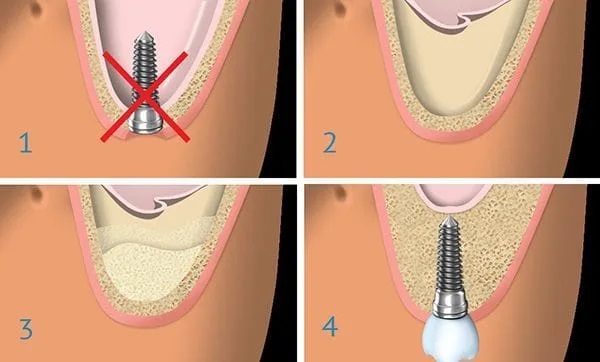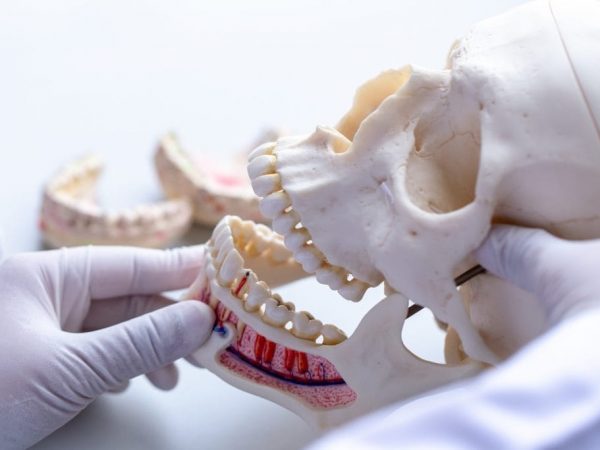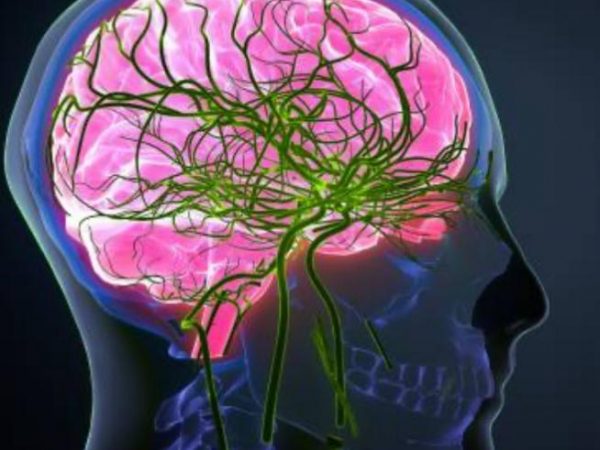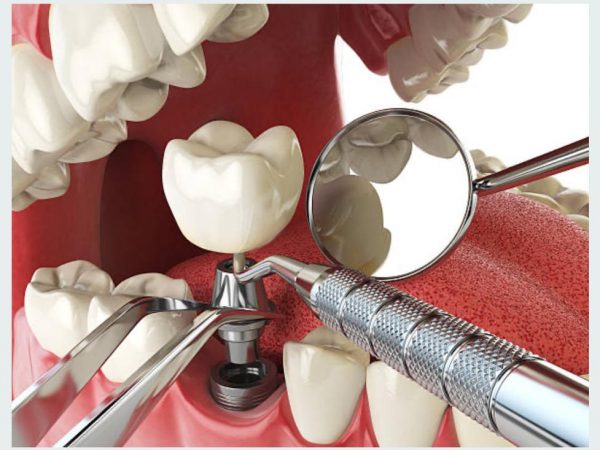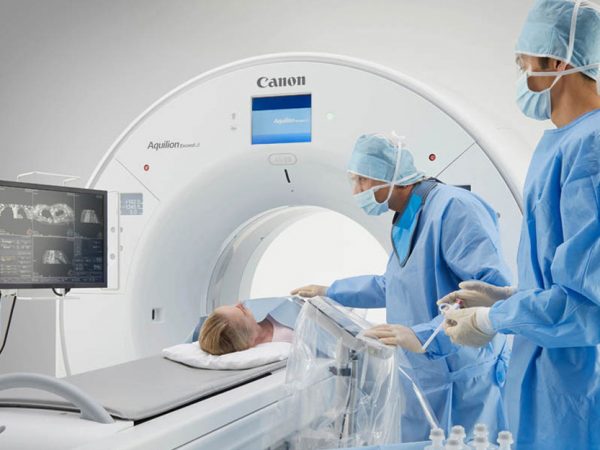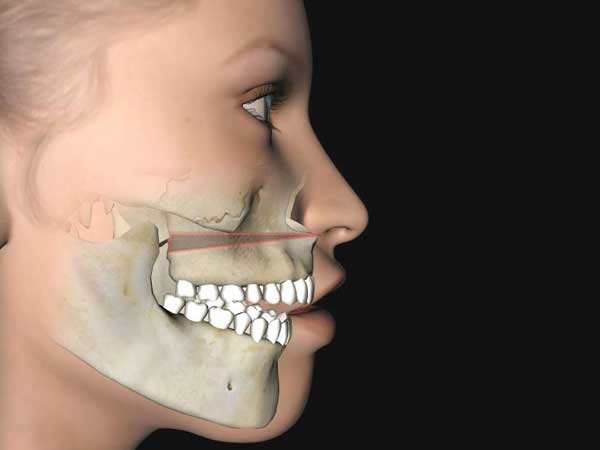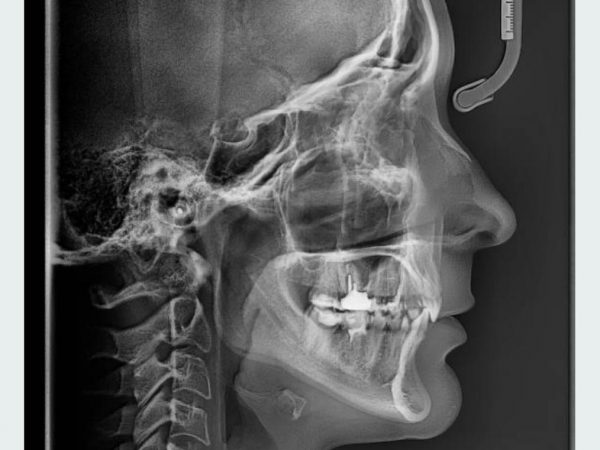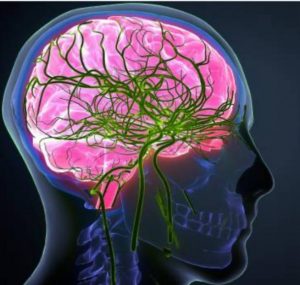
Trigeminal neuralgia is a condition that causes intense pain similar to an electric shock on one side of the face. It affects the trigeminal nerve, which carries signals from the face to the brain. Even light touch from brushing your teeth or putting on makeup may trigger a jolt of pain. Trigeminal neuralgia can be long-lasting. It’s known as a chronic pain condition.
People with trigeminal neuralgia may at first experience short, mild episodes of pain. But the condition can get worse, causing longer periods of pain that happen more often. It’s more common in women and people older than 50.
But trigeminal neuralgia, also known as tic douloureux, doesn’t mean living a life of pain. It usually can be managed with treatment.
Symptoms
Trigeminal neuralgia symptoms may include one or more of these patterns:
- Episodes of intense shooting or jabbing pain that may feel like an electric shock.
- Sudden episodes of pain or pain triggered by touching the face, chewing, speaking or brushing your teeth.
- Episodes of pain lasting from a few seconds to several minutes.
- Pain that occurs with facial spasms.
- Episodes of pain lasting days, weeks, months or longer. Some people have periods when they experience no pain.
- Pain in areas supplied by the trigeminal nerve. These areas include the cheek, jaw, teeth, gums or lips. Less often, the eye and forehead may be affected.
- Pain on one side of the face at a time.
- Pain focused in one spot. Or the pain may be spread in a wider pattern.
- Pain that rarely occurs while sleeping.
- Episodes of pain that become more frequent and intense over time.
When to see a doctor
See your healthcare professional if you experience pain in your face, particularly if it’s long-lasting or comes back after going away. Also get medical attention if you have chronic pain that doesn’t go away with pain medicine that you buy off the shelf.


